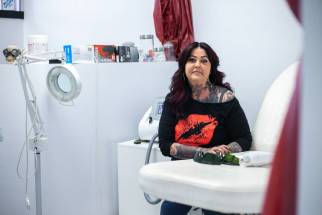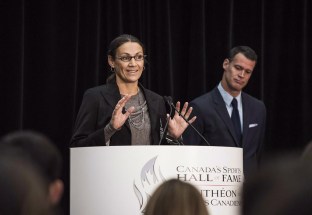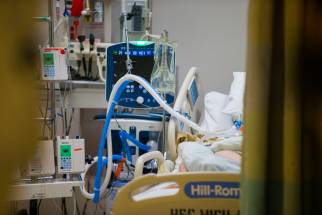COVID-19 numbers are cause for concern
Read this article for free:
or
Already have an account? Log in here »
To continue reading, please subscribe:
Monthly Digital Subscription
$0 for the first 4 weeks*
- Enjoy unlimited reading on winnipegfreepress.com
- Read the E-Edition, our digital replica newspaper
- Access News Break, our award-winning app
- Play interactive puzzles
*No charge for 4 weeks then price increases to the regular rate of $19.00 plus GST every four weeks. Offer available to new and qualified returning subscribers only. Cancel any time.
Monthly Digital Subscription
$4.75/week*
- Enjoy unlimited reading on winnipegfreepress.com
- Read the E-Edition, our digital replica newspaper
- Access News Break, our award-winning app
- Play interactive puzzles
*Billed as $19 plus GST every four weeks. Cancel any time.
To continue reading, please subscribe:
Add Free Press access to your Brandon Sun subscription for only an additional
$1 for the first 4 weeks*
*Your next subscription payment will increase by $1.00 and you will be charged $16.99 plus GST for four weeks. After four weeks, your payment will increase to $23.99 plus GST every four weeks.
Read unlimited articles for free today:
or
Already have an account? Log in here »
Hey there, time traveller!
This article was published 14/10/2022 (1152 days ago), so information in it may no longer be current.
It’s been a long time since a particularly shocking COVID-19 number has made its way into headlines.
As reported earlier this week, data published Oct. 7 by COVID-19 Resources Canada found that one in 22 Manitobans, or 4.6 per cent of the population, is believed to be infected. That gives Manitoba the grim distinction of having the highest prevalence of the virus in Canada. An estimated 10,000 people are contracting it every day.
The government of Manitoba’s COVID-19 response website paints a different picture. We’re still at level green on the pandemic-response system, or “limited risk,” where we’ve been sitting since March 15 — even though many personal care homes are at red, or critical.
While people likely have an anecdotal sense of this spread, it’s become increasingly difficult to pin actual numbers on the state of COVID-19 in this province, owing to limited PCR testing and scaled-back reporting overall. And it’s hard to make risk calculations when you don’t have numbers.
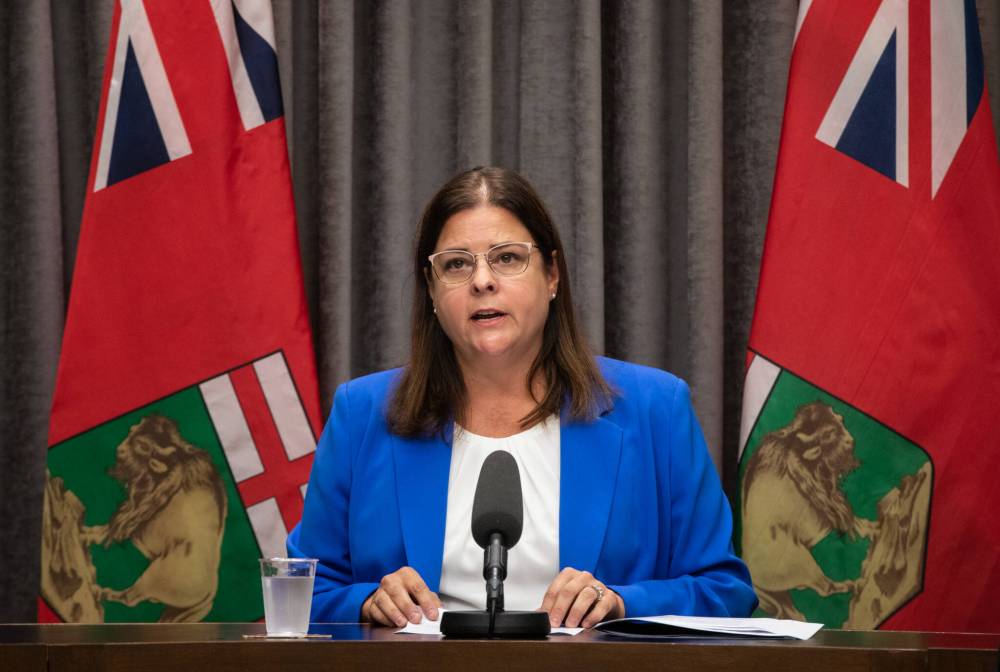
What’s clear is that this fall and winter will be a real test for us — and our health-care system. The prevailing late-pandemic wisdom has been that now that we have vaccines, we’re on the leeward side of the pandemic. What we’re dealing with now is not what we were dealing with in 2020.
But in many ways, what we’re dealing with now is more challenging. Unlike pandemic-era respiratory virus seasons past, the guardrails provided by public-health restrictions have been removed. Distancing and masking are but antiquated notions at this point.
Social norms have shifted from “we’re all in this together” to “we’re all in this for ourselves.” Indoor gatherings — including the festive ones right around the corner — are back at full steam, as are concerts and hockey games and restaurant dining. Galas have replaced vaccine supersites at the RBC Convention Centre. And let’s not forget travel, especially as warm-weather getaways begin to beckon.
Many people have returned to the office. Which means, inevitably, that many people have returned to the office while sick.
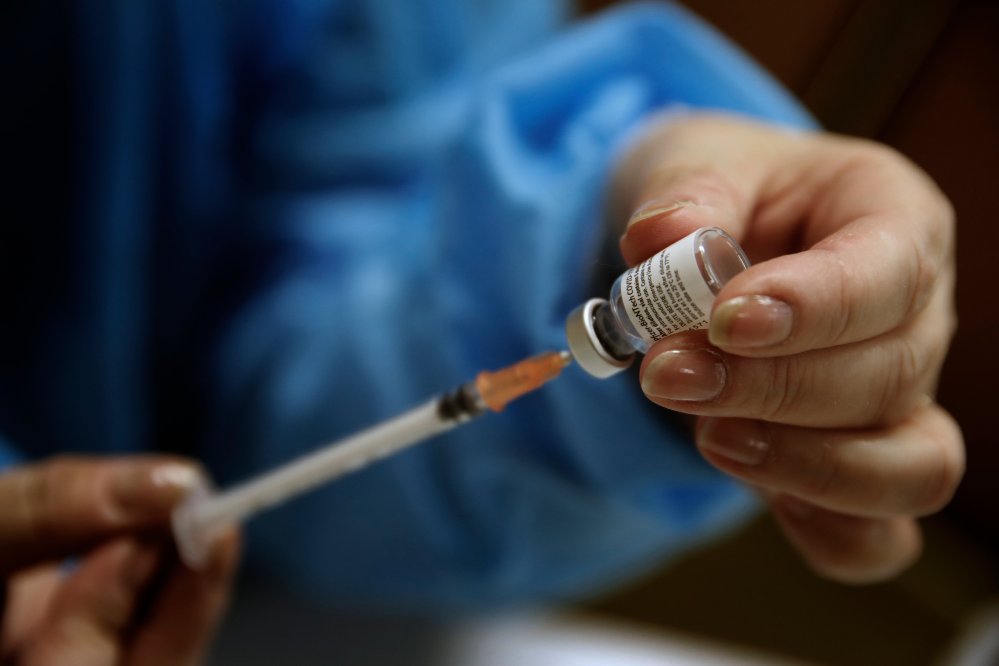
Combine all of that with waning immunity, lagging uptake on booster shots and quickly evolving subvariants — as well as influenza and other viruses that still exist — and with cold weather soon forcing people indoors, this respiratory virus season is going to be a tough one at best and a potentially disastrous one at worst.
It’s unlikely, at this point, that Premier Heather Stefanson and the Progressive Conservative government will reintroduce preventive measures such as mandating masks in indoor spaces — despite their being an accessible and relatively cheap form of harm reduction — or formally tell us to cancel or limit our holiday plans.
But what they can do is make a stronger, more urgent push for vaccination, and ramp up messaging around risks related to COVID-19’s constantly evolving nature.
Here’s another number we should care about: since Oct. 1, just 2.1 per cent of those eligible — which is all adult Manitobans — have received a dose of the bivalent vaccine. For the large cohort of Manitobans who did not, until September, have access to a fourth shot (or second booster), protection is waning — especially for those who received their third shot (or first booster) last December or January. And many Manitobans have yet to seek booster protection at all.
It’s already the middle of October; Thanksgiving is behind us, and the first snow has dampened our autumnal reverie. Respiratory virus season is upon us. Time is of the essence. If we want to stave off the worst this winter, we need to once again roll up our sleeves.




